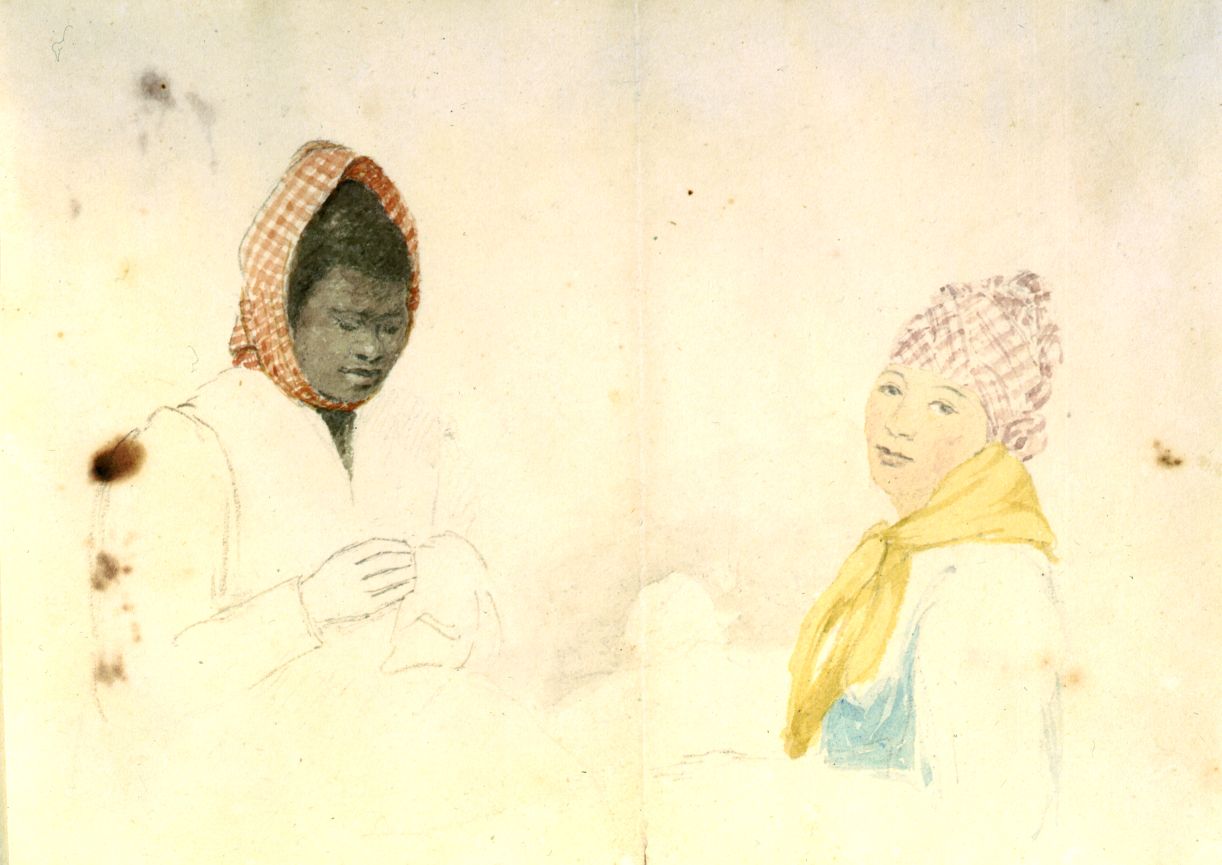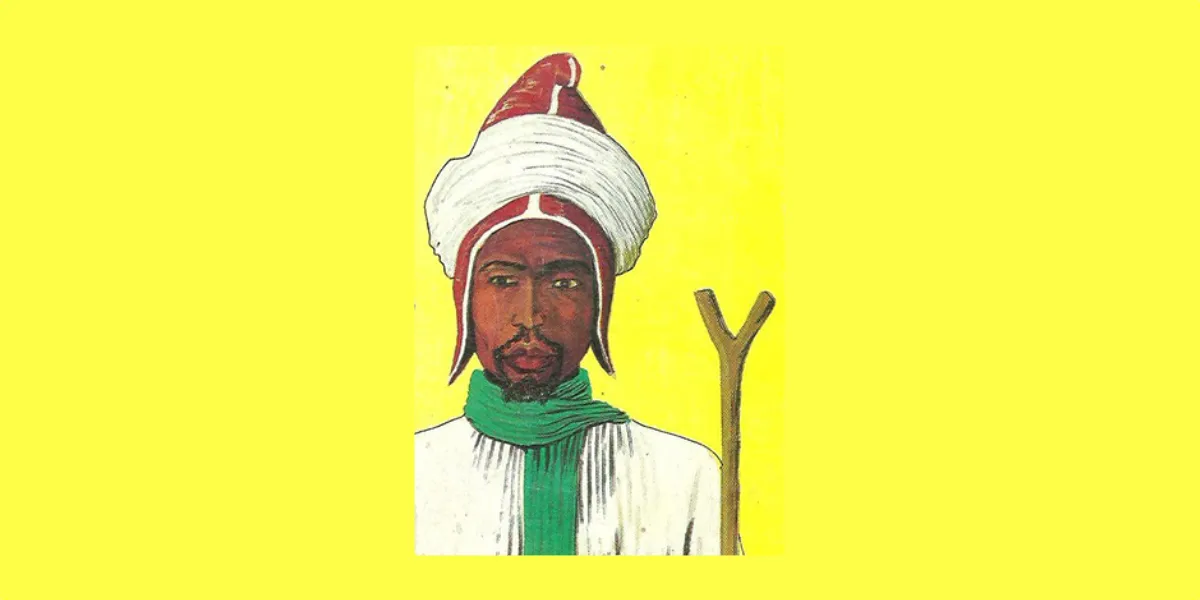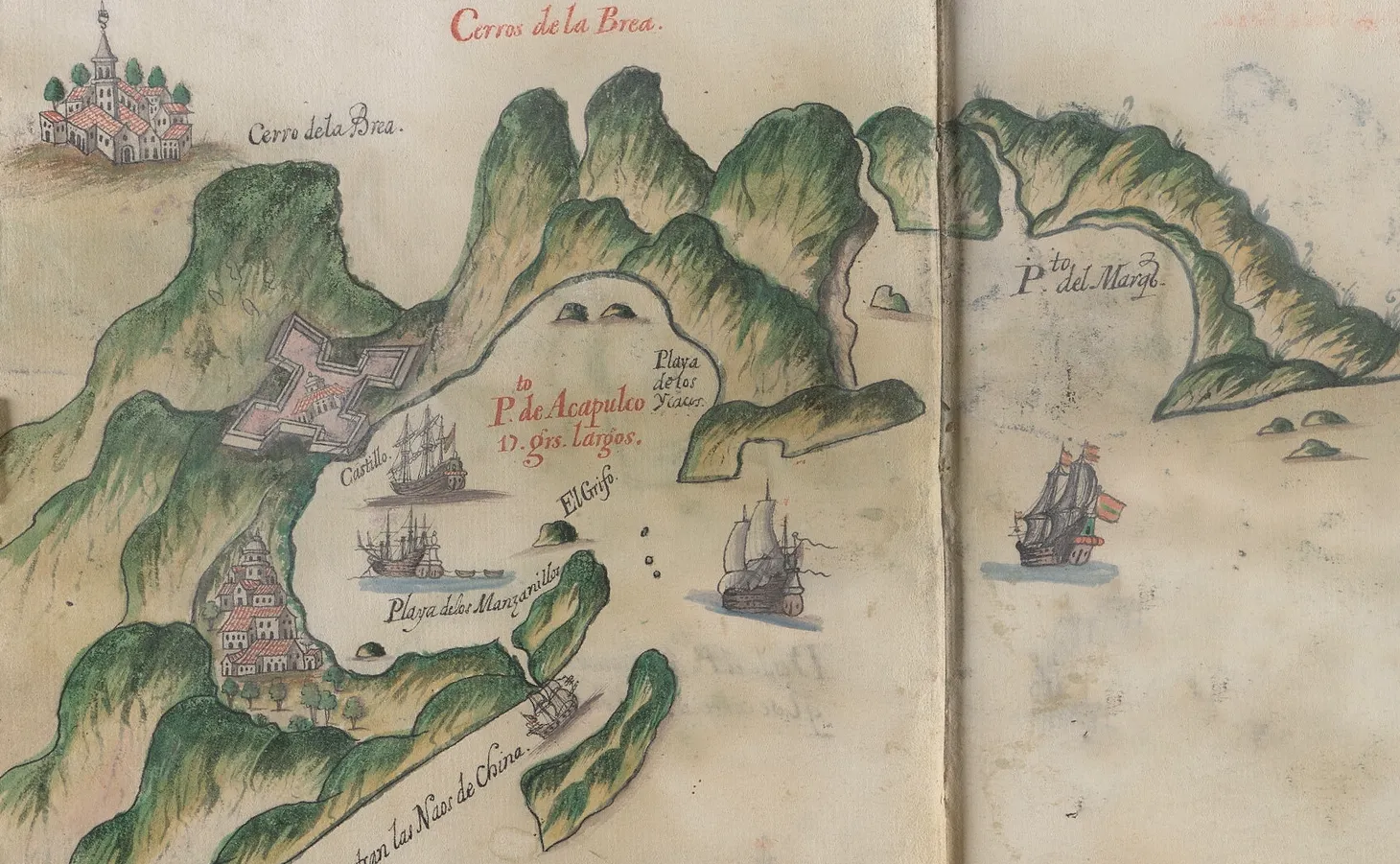“Suffering the Most Excruciating Torments”: The Height of the Transatlantic Slave System, 1650-1850
A discussion of how to teach the transatlantic slave system in the late seventeenth, eighteenth, and nineteenth centuries.

In last week’s post, I focused on the transatlantic slave system before 1650 to highlight the many ways in which the transatlantic slave trade, while still being relatively small in terms of total numbers, significantly affected the Atlantic world. Looking at the number of enslaved Africans forcibly transported across the Atlantic between 1650 and 1850, we can easily see the explosive growth of the system. During the eighteenth and early nineteenth centuries, more than one million enslaved Africans experienced the horrors of the Middle Passage every twenty-five years. And for those individuals who survived the brutal passage, there was still further violence awaiting them in the Americas.
During this second half of the transatlantic slave system, a greater variety of Europeans participated in the slave trade. Still, it was the British who both dominated the trade and most benefitted from the system. In The Trader, the Owner, the Slave: Parallel Lives in the Age of Slavery, James Walvin, a historian of slavery at the University of York, clarifies the extent of British involvement:
The British did not initiate this Atlantic slave system, but by the mid-eighteenth century they dominated it; by about 1750, slavery had established itself as an unquestioned institution in the British way of life. Hundreds of British ships, thousands of British sailors, tens of thousands of British settlers - not to mention British workers, merchants, financiers - and millions of consumers, all depended on, or benefited from, slavery. (xvi)
Comprehending how the transatlantic slave system functioned in this period, the magnitude of the numbers involved, how enslaved Africans experienced the system, and the many historical and present-day consequences is not easy. In this post, I focus on how we can use mainly primary sources and a few graphs to help students start to understand the height of the transatlantic slave system and its enduring legacy on the modern world.

Making Sense of the Numbers
This content is for Paid Members
Unlock full access to Liberating Narratives and see the entire library of members-only content.
SubscribeAlready have an account? Log in



